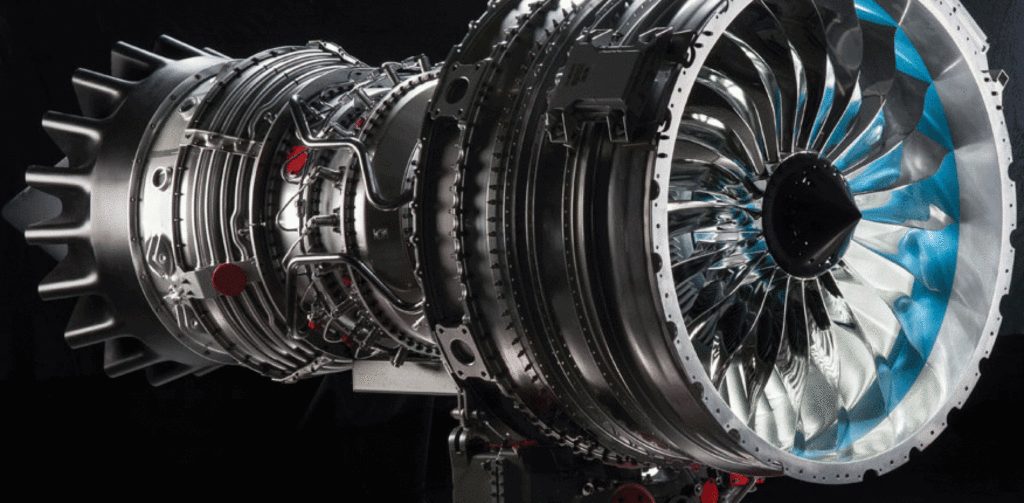Waspaloy

Material Data Sheet
Waspaloy is an age-hardened austenitic, face-centered cubic nickel-based superalloy. Waspaloy is typically used in high-temperature applications, particularly in gas turbines. It demonstrates superior strength properties and good oxidation resistance in gas turbine engine atmospheres through temperatures up to 1600°F. The creep-rupture strength of Waspaloy is superior to that of alloy 718 at temperatures above 1150-1200°F. Short time hot tensile strength is inferior to alloy 718 at temperatures up to 1350°F.
A typical heat treatment is a solution heat teat at 1825°F for 2 hours, air cool. Stabilize heat treat at 1550°F for 4 hours, air cool.
Precipitation heat treat at 1400°F for 16 hours, air cool.
Other characteristics of Waspaloy include good corrosion resistance, as well as being relatively impervious to oxidation making it well suited for service in extreme environments such as gas turbine blades, seals, rings, shafts, and turbine disks.
Welding Waspaloy is difficult, and best performed on the material in the solution annealed condition. Matching alloy filler metal should be used. If matching alloy is not available then the nearest alloy richer in the essential chemistry (Ni, Co, Cr, Mo) should be used. Limit currents and the size of the fusion zone. Rapid cooling from welding is necessary to minimize aging stresses. Copper backup bars or water-cooled fixtures are desirable.
Waspaloy does work-harden during machining and has higher strength and “gumminess” not typical of steels. Heavy-duty machining equipment and tooling should be used to minimize chatter or work-hardening of the alloy ahead of the cutting. Most commercial coolant may be used in the machining operations. Water-base coolants are preferred for high-speed operations such as turning, grinding, or milling. Heavy lubricants work best for drilling, tapping, broaching or boring.
| Element | Content % |
|---|---|
| Nickel, Ni | 56.0 |
| Chromium, Cr | 19.0 |
| Cobalt, Co | 14.0 |
| Molybdenum, Mo | 4.0 |
| Titanium, Ti | 3.0 |
| Iron, Fe | ≤ 2.0 |
| Aluminum, Al | ≤ 2.0 |
| Silicon, Si | ≤ 0.15 |
| Manganese, Mn | ≤ 0.10 |
| Carbon, C | 0.08 |
| Zirconium, Zr | 0.05 |
| Boron, B | 0.006 |
| Properties | Metric | Imperial |
|---|---|---|
| Density | 8.20 g/cm3 | 0.296 lb/in3 |
| Melting point | 1358 °C | 2475 °F |
| Properties | Metric | Imperial |
|---|---|---|
| Tensile Strength | 1335 MPa | 193600 psi |
| Yield Strength (@ strain 0.200%) | 910 MPa | 132000 psi |
| Modulus of Elasticity (@20°C) | 213 GPa | 30900 ksi |

- Compressors and Rotor Discs
- Spacers, Seals, Rings, and Casings
- Airframe Assembly
- Missile Systems
- Gas Turbine Blades
- Fasteners & Shafts
- AISI 685
- AMS 5544
- AMS 5586
- AMS 5704
- AMS 5706
- AMS 5708
- AMS 5709
- AMS 5828
- ASTM B637
- DIN 2.4654
- PWA 1005
- PWA 1006
- PWA 1007
- PWA 1030
- PWA 686
- PWA 687
- SPS M175
- UNS N07001



